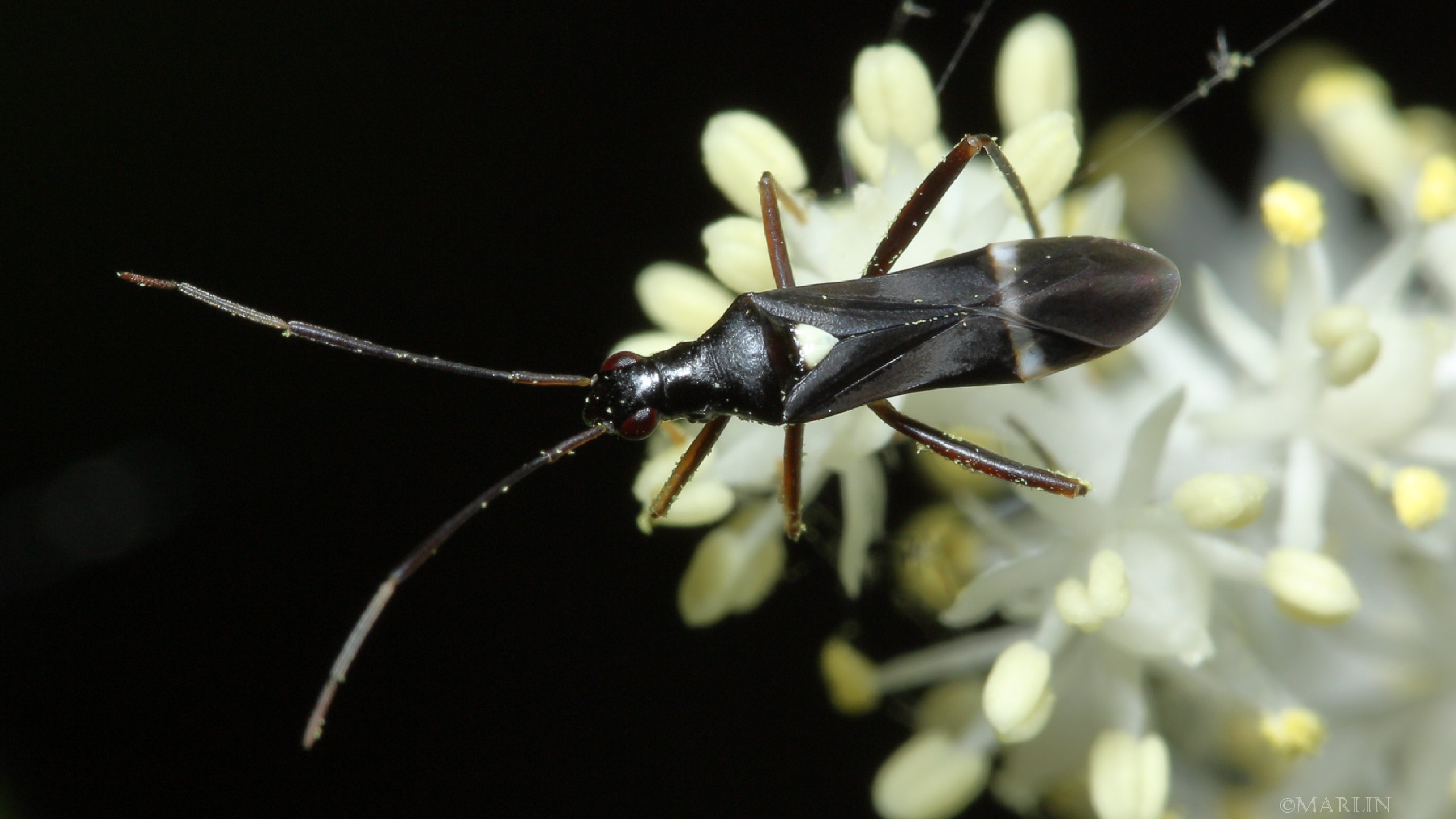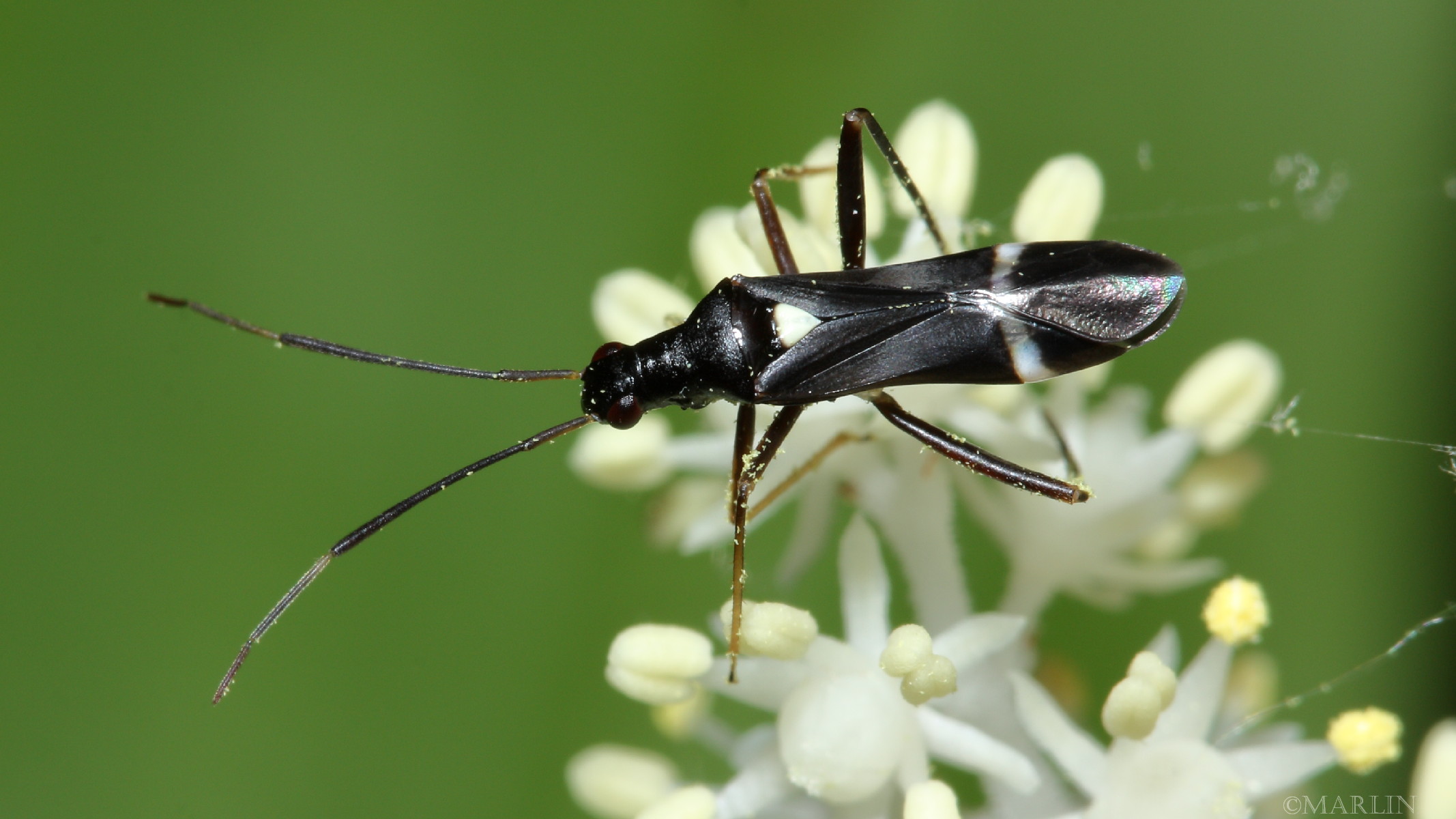Plant Bug – Pseudoxenetus regalis
Family Miridae – Plant Bugs
Live adult bugs photographed at McKee Marsh, DuPage County, Illinois. Size = 8mm
Miridae, the largest family of the Heteroptera are globally important pests of crops such as alfalfa, apple, peaches, cherries, cocoa, cotton, sorghum, and tea. Some plant bugs are predators of crop pests and have been used successfully in biological control. Certain omnivorous plant bugs have been considered both harmful pests and beneficial natural enemies of pests on the same crop, depending on environmental conditions or the perspective of an observer.
As high-yielding varieties of various plants that lack pest resistance are developed, mirids are likely to become even more important crop pests. They threaten more crops as insecticide resistance in the family increases, and as the spread of transgenic crops alters their populations. Predatory mirids are increasingly used as biocontrol agents, especially of greenhouse pests such as thrips and whiteflies. [3]
Plant bugs, stink bugs, and lacebugs use their sucking mouthparts to feed on plant sap. Damage ranges from many small white spots on the leaves to distortion or destruction of plant tissue, depending on the pest and host plant. Some feed on many different types of plants while others feed only on a narrow range or single species. [1]
Four-lined plant bug and mosaic leaf damage
Most plant bugs are considered aesthetic nuisance pests since they rarely kill their host plants. However, leaf and flower distortion can be very severe and can greatly reduce the aesthetic value of landscape plants. Plant bugs insert their stylets into host plant tissues and inject a tissue dissolving saliva. They then suck out the liquefied plant tissues, much like other bugs suck the insides from their insect prey.
The four-lined plant bug pictured above causes a distinctive mosaic-pattern of leaf damage, as each cell pierced dies, changes color and decays.
References
- John L. Foltz, University of Florida, Dept of Entomology & Nematology, Hemiptera: Miridae, 2001.
- Bruce Marlin, Bugguide.net, Plant Bug – Pseudoxenetus regalis
- Alfred G. Wheeler and Sir T. Richard E. Southwood FRS, Biology of the Plant Bugs
- American Museum of Natural History, National Science Foundation and University of New South Wales Plant Bugs (Miridae)
Order Hemiptera | Bugs Main | Bugs Index | Assassin Bugs | Plant Bugs | Ambush Bugs
Tree Encyclopedia / North American Insects & Spiders is dedicated to providing family-friendly educational
resources for our friends around the world through large images and macro photographs of flora and fauna.



